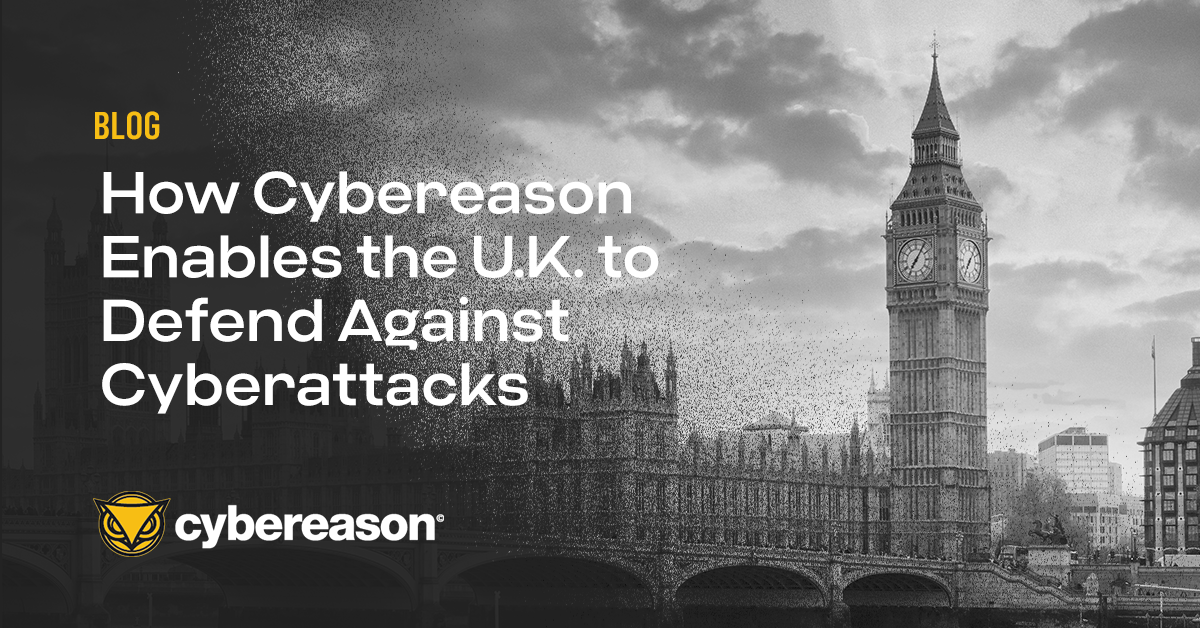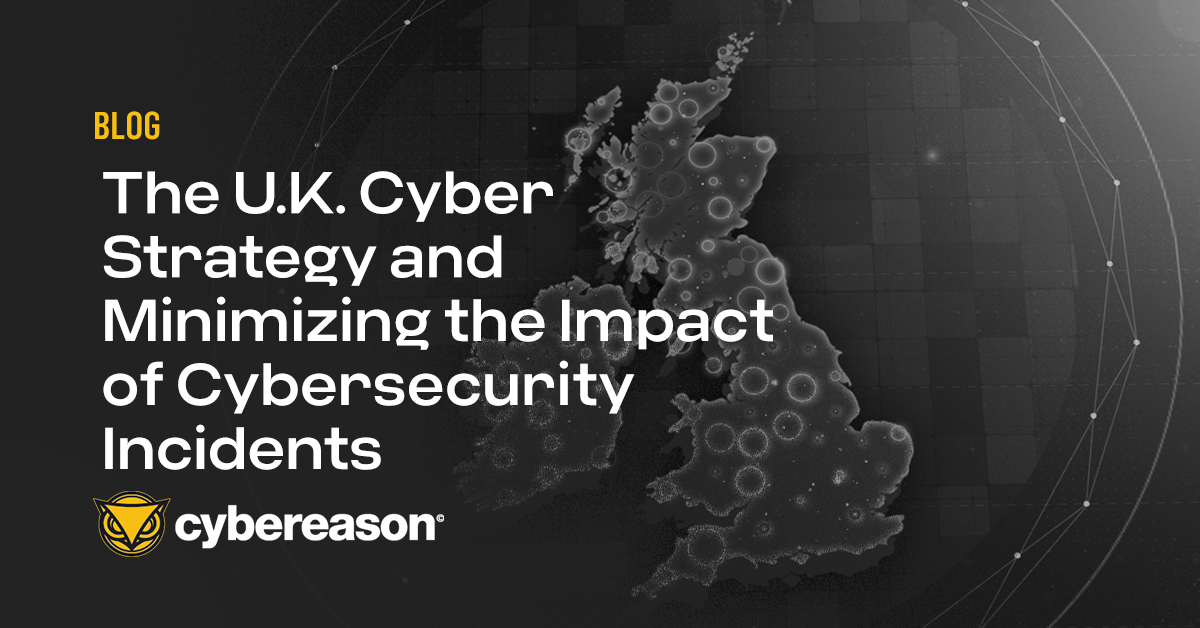
The U.K. Cyber Strategy: Developing Cybersecurity Skills, Knowledge and Culture
Greg Day, Cybereason’s VP and Global Field CISO for the EMEA region, offers his perspective on developing cybersecurity skills, knowledge, and culture...

Karishma Asthana
The following is the second installment of our five-part blog series outlining how Cybereason XDR maps to each of the five objectives contained in the U.K. Government Cybersecurity Strategy for 2022-2030.
In our first installment, we explored how Cybereason XDR maps to the desired outcomes outlined under the objective of Managing Cyber Risk. The objective that we will focus on here is Protecting Against Cyber Attack. Cybereason XDR supports all five capability outcomes (Outcomes 9-13) for protecting against cyber attacks.
Zero Trust serves as a common approach to ‘secure by design,’ by creating a sustainable method of continuous validation of all digital assets and services within an environment. The top challenges to establishing Zero Trust environments are similar to the challenges that government agencies and private enterprises face in modernizing as a whole: Complexity of the IT environment; interdependence of existing technologies; and limited budget and staff resources.
AI-driven Cybereason XDR is designed to enable organizations to maintain a Zero Trust framework. There are two factors that are essential to a successful implementation of the Zero Trust framework: Data and speed. Unlike less capable XDR platforms that work from limited data sets because of data filtering, Cybereason XDR supports Zero Trust by leveraging all of your security data. In addition, the Cybereason analytics and processing engine enables the fastest time to convict based on our ability to process 1.4 petabytes of data per day in real-time. The Cybereason XDR Platform Platform backend is powered by Google Cloud, further supporting the speed and scale of our data-processing engines without filtering data like competing offerings.
Cybereason is the most comprehensive solution in the market, in that it extends protection out to systems that might have high-classification data. Our Private Infrastructure Protection capabilities enable our technology to be deployed to any endpoint with any configuration, allowing organizations to maintain data sovereignty over high-priority data. Unlike other solutions with a cloud-focused approach, we develop strong partnerships with our customers such that we are able to cater to any niche configurations which might be necessary.
Technological advancements today are resulting in faster DevOps cycles, automation, and rapid deployments. Although this allows organizations to have the capacity to respond to demands in a much quicker fashion, it also introduces additional risks which must be managed. Cybereason XDR for Cloud Workloads bridges together DevOps and SecOps teams by providing the ability to set custom security policies and detection rules. It delivers frictionless deployment which automatically updates and scales. This allows for appropriate configurations and standard profiles for common technologies and architectures to easily be built out and scaled easily, with a sustainable method for continuous updating.
Cybereason XDR provides a way to tackle ‘common’ cybersecurity issues at scale by bridging together telemetry from siloed security tools and providing automated guided responses that can be applied across the ecosystem.
Typically, endpoint detection & response (EDR) only provides visibility and guidance for threats on the endpoint, and the rest of the ecosystem is left out of this insight. However, malicious operations tend to take hold not only at the endpoint but across an ecosystem’s networks, cloud deployments, and workspace & identity integrations. With this in mind, there should be a scalable way of tackling ‘common’ malicious operations across the entire environment, using the fewest number of tools possible. XDR eliminates the need for pivoting between numerous tools and provides the widest coverage.
For any data which might be sensitive and must be maintained on-site or in an air-gapped environment, Cybereason is able to extend its capabilities out to these niche IT systems through its Private Infrastructure Protection offering. We allow for organizations to keep data in-region and maintain an auditable trail of detection and response activity to meet compliance needs and back this with a fully supported team to guide you through a tailored deployment and innovate future enhancements.
Learn more about how to protect your organization against these attacks here.
Cybereason is the champion for today's cyber defenders providing future-ready attack protection that unifies security from the endpoint, to the enterprise, to everywhere the battle moves. The Cybereason XDR Platform combines the industry's top-rated detection and response (EDR and XDR), next-gen anti-virus (NGAV), and proactive threat hunting to deliver a context-rich analysis of every element of a Malop™.

Karishma is a Product Marketing Manager at Cybereason. She was previously with Accenture Security where she worked as a penetration tester and was responsible for helping clients understand and manage their security vulnerabilities. Karishma is passionate about exploring large shifts in the cybersecurity industry from a technical and strategic point of view.
All Posts by Karishma Asthana
Greg Day, Cybereason’s VP and Global Field CISO for the EMEA region, offers his perspective on developing cybersecurity skills, knowledge, and culture...

Cybereason XDR supports the U.K. Cybersecurity Strategy objective of minimizing the impact of cybersecurity incidents...

Greg Day, Cybereason’s VP and Global Field CISO for the EMEA region, offers his perspective on developing cybersecurity skills, knowledge, and culture...

Cybereason XDR supports the U.K. Cybersecurity Strategy objective of minimizing the impact of cybersecurity incidents...
Get the latest research, expert insights, and security industry news.
Subscribe